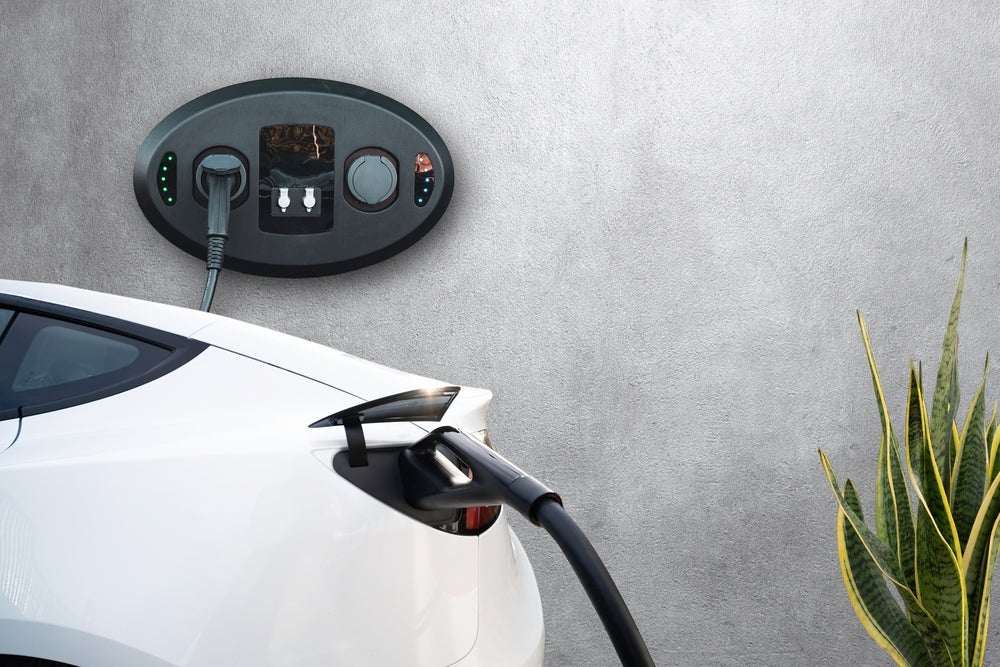If you think residual values are as low as they can go, it could
be time to look into providing sub-prime or near-prime finance,
argues David Raistrick.
The automotive sector has been one of the most sharply hit by
the global credit crunch. Motor manufacturers have seen sales
decline rapidly as the lack of available credit and concerns over
the economy have led individuals and businesses to cut back on ‘big
ticket’ purchases.
In the UK, the Society of Motor Manufacturers and Traders
reported that sales had fallen by 21 per cent in December compared
with the same period 12 months ago whilst across the country
manufacturers have announced extended closures at plants, both over
Christmas and into the New Year. New car sales have now fallen for
seven months in a row.
Looking forward, one of the key factors which will impact on
sales of used cars may be the lack of available credit for
‘sub-prime’ or ‘near-prime’ customers. This remains one of the key
challenges with some in the industry calling for government to
underwrite car loans since most automotive finance houses do not
qualify under the government’s support of the banking sector.
However, whilst the number of people buying new cars has
declined, the number of people driving them has not. People are not
giving up on the car. They are delaying new purchases with some
people deciding to repair existing cars and keep them running for
longer. Large numbers of people are in negative equity on their
current financing deal as a result of the sharp falls in residual
values which have resulted in the remaining finance being
significantly higher than the value of the car itself.
Additionally, this may in turn lead to more voluntary terminations,
with all the problems they bring, as well as more people delaying
the purchase of another vehicle, or more negative equity deals
being required.
Consequently, there is understandable nervousness from consumers
– but at some point, they will buy another car. At the moment, and
particularly given the current economic climate, we may see
increased interest in buying nearly new cars and a high proportion
of people with sub- or near-prime credit records or having negative
equity positions returning to the market seeking to acquire new
vehicles. These deals will typically all have to be financed.
How well do you really know your competitors?
Access the most comprehensive Company Profiles on the market, powered by GlobalData. Save hours of research. Gain competitive edge.

Thank you!
Your download email will arrive shortly
Not ready to buy yet? Download a free sample
We are confident about the unique quality of our Company Profiles. However, we want you to make the most beneficial decision for your business, so we offer a free sample that you can download by submitting the below form
By GlobalDataLack of competition
At the moment there are few players in this particular market.
Vehicle finance is complex with a lot of difficult value decisions
to be made. Near-prime or negative equity financing is amongst the
most challenging, with the risk of customer default relatively
high; any financing arrangements at this level should be looked at
very carefully. Repossession rates are higher than normal with
assets routinely going missing. It is a really tricky environment
in which to decide whether or not to lend.
However, there could be an opportunity here for any players
willing to move into this market place. There are currently only a
limited number of finance houses operating here, with the potential
for better-than-average returns subject to a number of critical
risks being carefully measured. The APRs charged will typically be
higher than the industry norm, thereby providing the opportunity.
However, the level of customer defaults and voluntary terminations
are also likely to be higher, and the residual value risks
greater.
The difficult balance to be struck, therefore, is between the
additional returns which can be generated from the enhanced finance
charges, and the greater risks that will be encountered at the same
time. And the risks in 2009 are likely to remain high. There are
more people at risk of losing jobs, resulting in less disposable
income and residual values (RVs) have fallen.
As RVs continue to fall, the risks also continue to increase. It
could be argued that RVs have fallen so much, they have reached
rock bottom – which, if true, means it may be a safer time to fund
near- or sub-prime than has recently been the case.
The author is manufacturing industry leader at
Deloitte







